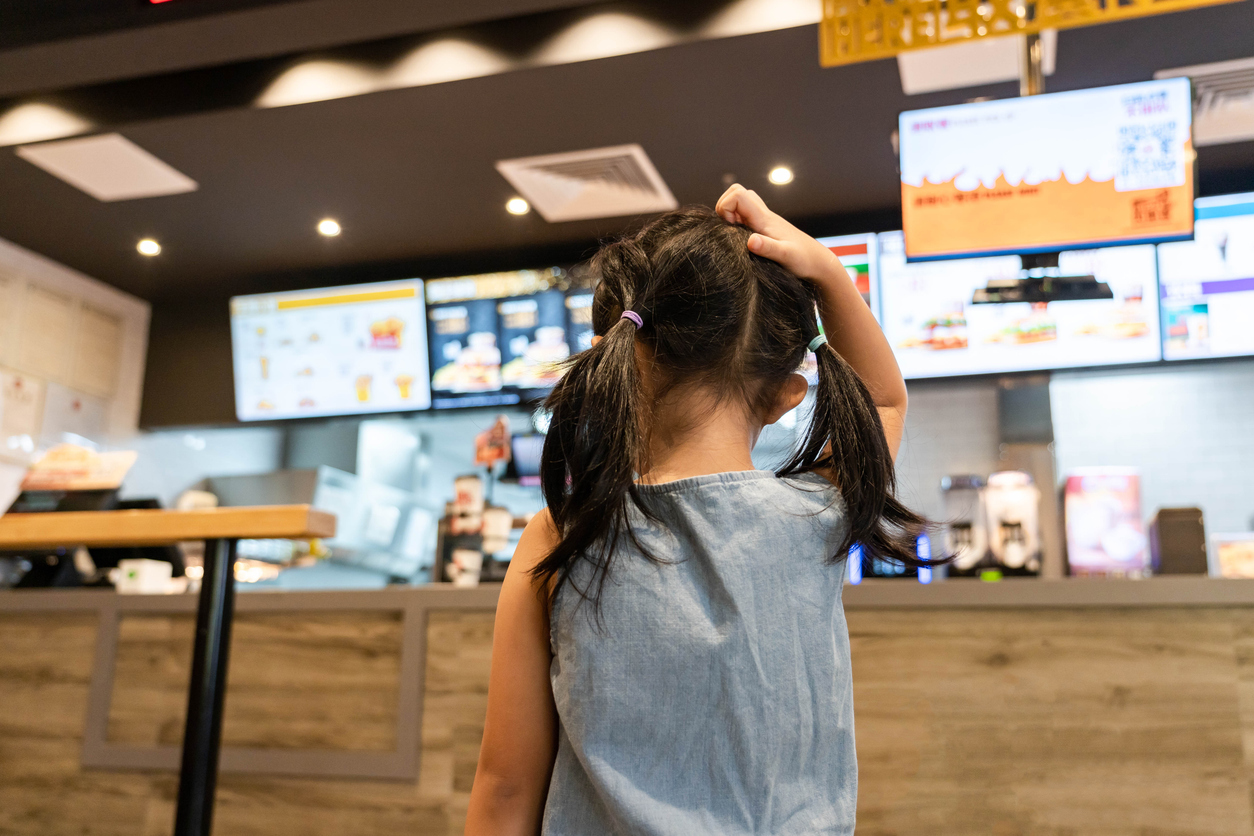Average restaurant revenue is the total income generated from all sources, including dining in, takeout orders, catering services, or other revenue streams over a specific period. Average profit margins in the restaurant industry vary depending on location, concept, and size. According to the National Restaurant Association, restaurant sales are projected to surpass $1.1 trillion this year, a new milestone for the industry, employing over 15.7 million people in the U.S. by 2024. However, restaurant owners must continuously adapt to new trends and strategies to stay profitable with increasing competition and changing consumer preferences. Explore how to calculate your restaurant revenue and some tips to maximize it.
What Is Restaurant Revenue?
Restaurant revenue is a dining establishment's total income within a specific period, typically measured weekly, monthly, or annually. This encompassing metric comprises various income streams, including sales from food, beverages, catering services, merchandise, and other revenue-generating activities.
It serves as a vital indicator of a restaurant's financial health and performance, offering insights into its profitability, customer demand, and overall success. Understanding restaurant revenue involves analyzing the total income, the contributing sources, and the corresponding expenses incurred in running the business.
What Is Average Revenue For A Restaurant?
The average revenue for a one-year-old restaurant serves as a pivotal benchmark for gauging early-stage success and forecasting future growth. Typically, during the first year of operation, restaurants undergo a period of adjustment and refinement as they establish their brand, build a customer base, and fine-tune their operations. While revenue figures vary widely depending on location, concept, and market conditions, the average monthly revenue for a new restaurant under 12 months old is $111,860.70.
Achieving and sustaining this level of revenue requires a multifaceted approach, encompassing strategic menu development, effective pricing strategies, exceptional customer service, and targeted marketing initiatives. Implementing robust marketing strategies tailored to the restaurant's target audience and local market dynamics is crucial for driving customer acquisition and retention, bolstering revenue streams, and laying a solid foundation for long-term success.
Factors Affecting Restaurant Revenue
Understand the factors influencing restaurant revenue for owners and operators to optimize performance and profitability. From the composition of their customer base to the efficiency of their operations, numerous elements play a significant role in shaping a restaurant's financial success.
Customer Base And Customer Preferences
The composition and preferences of a restaurant's customer base wield considerable influence over its revenue streams. Catering to patrons' diverse tastes and dietary preferences is important for attracting and retaining loyal customers. By conducting in-depth market research and leveraging customer feedback, restaurants can tailor their offerings to align with customer preferences, maximizing sales potential and fostering customer satisfaction.
Menu Offerings And Pricing Strategies
The menu is crucial for revenue, impacting sales and profitability. A well-curated menu that balances popular favorites and innovative creations can entice customers and drive repeat business. Additionally, implementing strategic pricing strategies, such as dynamic pricing, upselling and cross-selling or value-oriented promotions, can stimulate demand and optimize revenue without sacrificing profit margins.
Location And Type Of Restaurant
The location and type of restaurant significantly influence revenue potential, with factors such as foot traffic, demographics, and market saturation playing pivotal roles. Choosing an optimal location that aligns with the target audience and complements the restaurant concept can enhance visibility and captivate a steady stream of diners. Different types of restaurants - quick-service, casual dining, or fine dining - influence pricing, operations, and revenue, requiring customized strategies for profitability.
Operational Efficiency And Labor Costs
Operational efficiency and labor costs are critical determinants of a restaurant's financial performance, impacting revenue generation and bottom-line profitability. Streamlining workflow processes, optimizing inventory management, and leveraging technology solutions can enhance operational efficiency, minimize waste, and reduce overhead expenses. Managing labor costs can maintain profitability and deliver quality customer service through scheduling, training, and performance incentives.
Strategies To Increase Restaurant Revenue
Boosting restaurant revenue requires a multifaceted approach encompassing various operations, marketing, and customer experience aspects. By implementing targeted strategies, restaurant owners and operators can examine new avenues for growth and maximize profitability in a competitive market.
Do Marketing And Promotion
Effective marketing and promotion techniques are essential to attract new customers, grow brand visibility, and drive sales. Using digital marketing channels, such as social media, email marketing, and (SEO) search engine optimization, can effectively expand reach and engage with target audiences. Additionally, running targeted promotions, hosting events, and partnering with local influencers or organizations can generate buzz and incentivize customer visits, ultimately translating into higher revenue streams.
Enhance The Customer Experience
Delivering exceptional customer experiences fosters loyalty, encourages repeat business, and drives revenue growth. Investing in staff training to provide attentive service, personalizing interactions to cater to individual preferences, and soliciting feedback to improve continually are all integral components of enhancing the customer experience. Furthermore, creating memorable dining environments, implementing seamless reservation and ordering processes, and offering unique amenities or experiences can differentiate the restaurant and cultivate a loyal customer base.
Expand Revenue Streams
Diversifying revenue sources beyond dine-in sales can boost income and reduce risks, especially during economic uncertainty. Add catering, delivery, retail, or private events to reach new markets and bring in extra income. Partnering with local vendors or complementary businesses can create mutual promotion and revenue-sharing chances.
Maximize Efficiency And Reduce Costs
Optimizing operational efficiency and minimizing overhead costs are essential for maximizing revenue and maintaining profitability. Implementing technology solutions, such as point-of-sale (POS) systems and inventory management software, can streamline procedures, reduce errors, and improve resource allocation. Additionally, optimizing menu offerings to minimize food waste, negotiating favorable supplier contracts, and optimizing staffing levels to match demand fluctuations can help control costs without compromising quality or service standards.
How To Estimate Average Restaurant Revenue?
Average revenue for a restaurant can vary greatly depending on factors such as location, concept, and target market. One way to estimate average revenue is by calculating the average check amount multiplied by the number of seats in the restaurant and then multiplying that by the average turnover rate. This will give an approximate range of total revenue generated per day, week, or month. It's important to regularly track and analyze this data to identify potential areas for improvement to increase overall revenue.
Moreover, partner with a digital platform to gain insight and streamline financial reporting processes. A cloud-based accounting and reporting system lets you easily monitor sales, expenses, and profits in real time. This will also help with forecasting and budgeting for future revenue goals.
Increase Your Restaurant's Revenue With Checkmate!
With Checkmate's innovative platform, restaurant owners and operators can easily track sales data, analyze trends, and forecast revenue potential. Our user-friendly interface allows customizable reports and dashboards, providing real-time insight into key performance indicators such as average check size, table turnover rates, and menu item popularity. With our personalized support, restaurant owners can confidently make informed decisions to boost their revenue and stay ahead in the restaurant market.
Ready to transform your restaurant's revenue performance? Schedule a demo now and unlock the strength of data-driven insights to drive growth and success.





